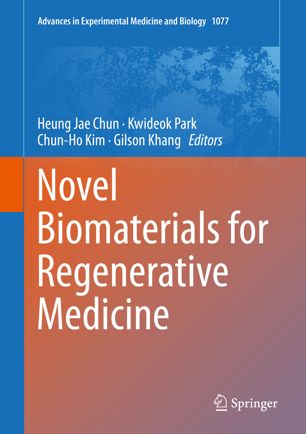

Most ebook files are in PDF format, so you can easily read them using various software such as Foxit Reader or directly on the Google Chrome browser.
Some ebook files are released by publishers in other formats such as .awz, .mobi, .epub, .fb2, etc. You may need to install specific software to read these formats on mobile/PC, such as Calibre.
Please read the tutorial at this link: https://ebookbell.com/faq
We offer FREE conversion to the popular formats you request; however, this may take some time. Therefore, right after payment, please email us, and we will try to provide the service as quickly as possible.
For some exceptional file formats or broken links (if any), please refrain from opening any disputes. Instead, email us first, and we will try to assist within a maximum of 6 hours.
EbookBell Team

4.1
100 reviewsThis book explores in depth a wide range of new biomaterials that hold great promise for applications in regenerative medicine. The opening two sections are devoted to biomaterials designed to direct stem cell fate and regulate signaling pathways. Diverse novel functional biomaterials, including injectable nanocomposite hydrogels, electrosprayed nanoparticles, and waterborne polyurethane-based materials, are then discussed. The fourth section focuses on inorganic biomaterials, such as nanobioceramics, hydroxyapatite, and titanium dioxide. Finally, up-to-date information is provided on a wide range of smart natural biomaterials, ranging from silk fibroin-based scaffolds and collagen type I to chitosan, mussel-inspired biomaterials, and natural polymeric scaffolds. This is one of two books to be based on contributions from leading experts that were delivered at the 2018 Asia University Symposium on Biomedical Engineering in Seoul, Korea – the companion book examines in depth the latest enabling technologies for regenerative medicine.